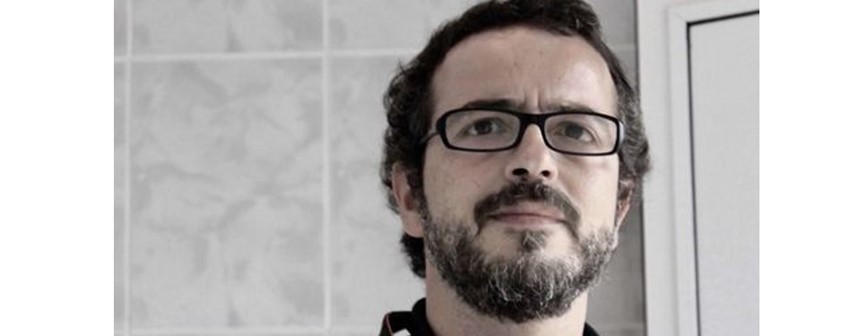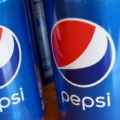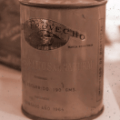For collectors, it could be the Indian Jones of cans. Fernando de Miguel from Burgos has achieved something not easy in these times, recovering old cans from about twenty canning factories of Cariño in Galicia.
For de Miguel, these factories “turned this town into a first-class industrial reference in the 20th century. I found that most of them did not keep a single can of the brands that their ancestors had founded”, recalls this young collector.
In this sense, he adds that “many factories no longer existed, others were languishing abandoned or had been transformed into supermarkets or homes. Time, humidity and saltpeter had disfigured the once beautiful lithographs that decorated the brass containers,” he explains. De Miguel has been researching for the last 12 years, with the help of Mariña López, from the Museo Anfaco de la Industria Conservera, in Vigo, who allowed him to compare two official lists from the 1955 and 1969 manufacturers’ registry. After knowing the markings, he was able to search for the cans.
Curiously, in Cariño he only managed to rescue containers from three or four of the 19 factories that are part of the collection: “The rest came from a construction site container next to the Atocha train station. [Madrid]a chicken coop in a small town in Burgos, a flea market in Granada, a flea market in Elche… and thanks to the Internet, from Albacete, Alicante, Extremadura, Barcelona, Zamora or Seville,” he adds. The next step will be to scan and 3D digitize the cans in Santiago.
This collection is exceptional since “all its cans belong exclusively to factories of this locality and that in many of them the fundamental role that the woman had in the development of the Galician canning industry is highlighted”. It should be noted that the sample includes 90% of the brands that operated in Cariño, of which only one, La Pureza, is still active.
In addition, de Miguel has designed a poster that reproduces all these cans, with the names of the brands and the owners of the factories. The collection will also be exhibited in Vigo, at the Museo Anfaco de la Industria Conservera.












